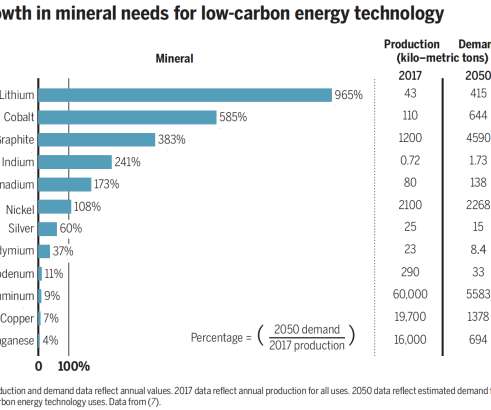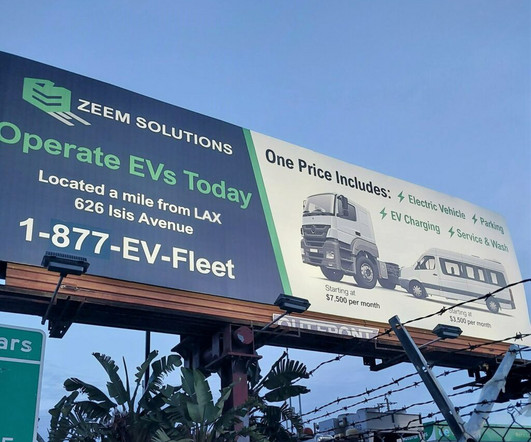U Delaware team demonstrates efficient direct ammonia fuel cell for vehicles
Green Car Congress
AUGUST 25, 2019
Researchers at the University of Delaware have demonstrated a direct ammonia fuel cell (DAFC) prototype with a peak power density of 135 mW cm ?2. The DAFC employs an ammonia-tolerant precious-metal-free cathode catalyst and a high-temperature-stable hydroxide exchange membrane. Their paper is publishedin the journal Joule.






























Let's personalize your content